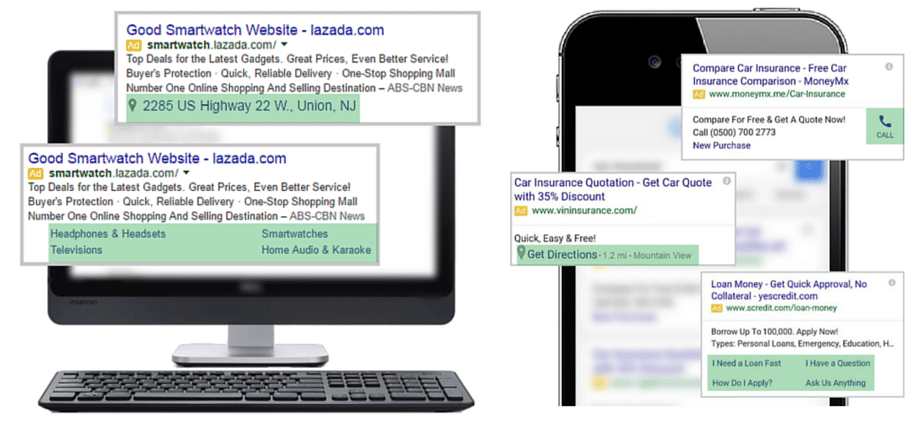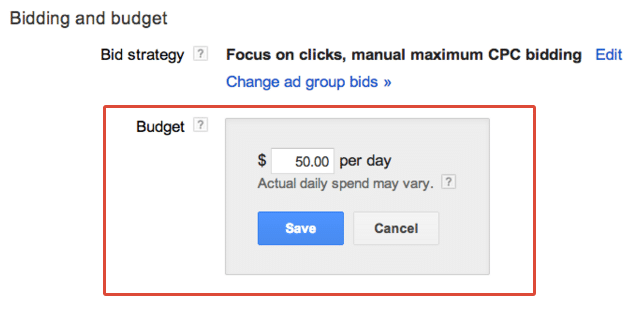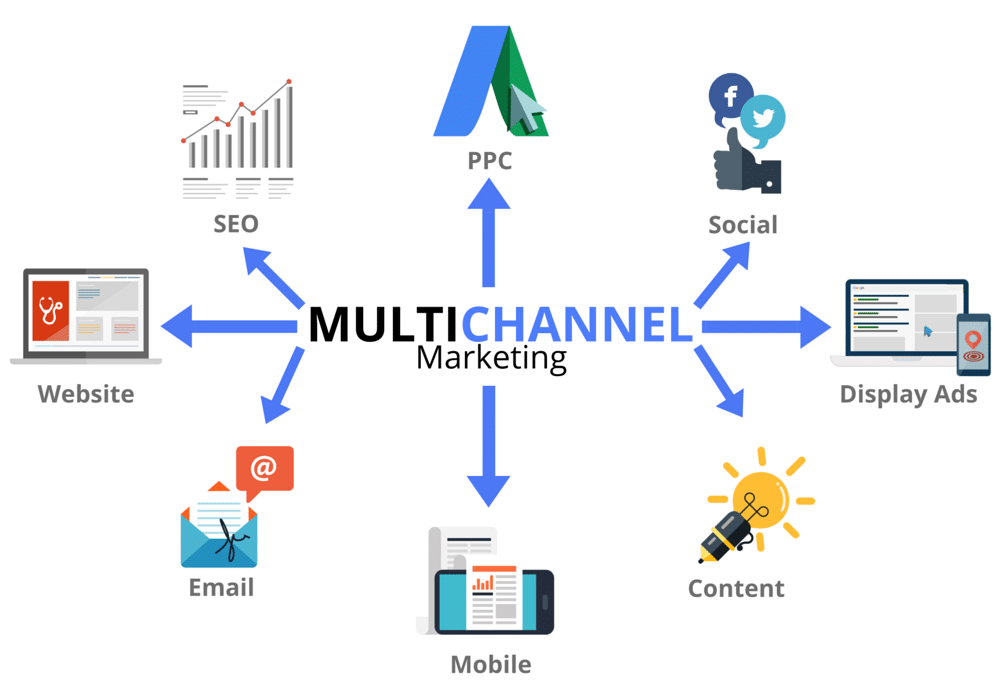Powerhouse Agencies have an entire toolbox of digital marketing services at their disposal that they can offer to small businesses. Determining which ones to include in a proposed solution to a client requires knowing each tool’s strengths, the situations that call for its use, and how to use it for maximum benefit.
But with PPC it’s a little different.
Perhaps more than any other digital advertising service PPC stands out for its nimbleness and versatility. Its strength lies precisely in its usefulness in multiple situations, and the many ways it can be employed.
And there’s an emerging opportunity to help small businesses get started with PPC. According to a study by Clutch, presently only 26% of small businesses use paid online advertising services like PPC. But by 2017, 54% of these small businesses intend to implement an online strategy.
If PPC doesn’t figure in your client’s marketing strategy yet, here are some reasons you should look into incorporating it into your next proposal.
Targeted Intent

PPC Services like Google AdWords go beyond profiles and target customer intent. When a potential customer conducts a search for a product or service that your client offers, not only does it identify them as an interested audience, it also indicates what stage of the customer journey they’re in. This allows for deeper consumer insight, and more targeted ads for your clients. By bidding for keywords at each stage of the customer journey, and displaying the ad with information pertinent to that stage, your clients can target even more precisely.
Google also accounts for the context of the search when inferring intent. You can recommend that your clients display their ads in specific contexts by targeting specific times, locations, and devices, so they connect with their potential customers in those favorable situations.
Targeting devices is particularly important given the surge in mobile search in recent years, as a recent study by Adobe suggests that consumers are no longer using them for just research, but also for transactions. As a result, paid search performance on mobile in Q4 of 2015 showed a 50% year-on-year increase in revenue-per-click and a 31% year-on-year increase in ROI.
Google Ads also lets your clients enhance their ads with extensions, which can improve ad visibility as they often appear above search results. Google provides several to choose from, and determining which to use depends on your client’s business and the desired action. Use Call Extensions to give customers a direct line to your clients, location extensions so they can visit their office or store, and Sitelink Extensions to showcase different sections of their website. There are more Ad Extensions to choose from, some of which Google automatically generates.
By going beyond identity to intent and context, PPC allows for highly-granular targeted advertising.
Controlled Investment

Overall, investing in PPC is easy to control. You can set a maximum cost-per-click for a keyword so your clients never spend more on a click or acquisition than they’re willing to. And by setting a daily budget, they can control how much they invest in the channel as a whole. If you set up conversion-tracking for your clients, you can also set your bid to target a specified return on ad spending.
As a rule of thumb, it’s best to ask your client what their initial PPC budget is, and bid for a few keywords to test which ones convert to actual customers. When your clients begin to see results and are more confident, scale spending accordingly. From here, you can expand to testing more keywords or different versions of their ads–dropping those that don’t generate results and doubling down on the ones that do.
Augment Other Marketing Efforts
While PPC is already a valuable channel in itself, it truly shines when used to inform and augment your client’s other marketing efforts.
A common example is using it alongside SEO. PPC and SEO are often compared as investing money vs. investing time and effort. While results are more immediate and measurable for PPC, brands do need to pay-to-play. With SEO on the other hand, results take more time and may be harder to measure, but ranking for certain keywords gets easier as you continue.
But PPC can also serve as a guide for your client’s SEO campaigns. Use PPC to determine which keywords convert, and align your SEO efforts accordingly. The keywords that generated more business for your clients can tell you what their next blog post can be about, or what pages you can add to their website, and so on. And the ad text with the higher conversion rate can also serve as a guide for other ad copy.
There are also times when a keyword that gets decent search volume becomes too competitive for SEO. In these situations, PPC can give you coverage without costing you more than it’s worth. Conversely, if you’re already the top organic result for a certain keyword, why not use PPC to push out your competitors, and own everything above-the-fold?
Using PPC to complement your client’s Social Media efforts can also yield valuable insights, and a more holistic perspective of your client’s customers. Use Social Media to learn more about their interests, which could set the direction for future marketing campaigns.
Say for example your client owns a cupcake store, and you recommended they use PPC to promote their limited time offer, “25% discount off all cupcakes.” For the potential customers that clicked the ad but didn’t become actual customers, you can set a remarketing campaign to follow them to Facebook. There, you might learn that they’re also interested in exercise and living a healthy lifestyle. You can then use this information to recommend that your client promote their line of low-calorie cupcakes specifically to this group.
Now’s the time to start selling PPC services to your clients.
In helping your clients bring their products and services in front of customers, PPC can be what ties your different services together into one harmonious solution for your client. Guide them into making PPC more than a tool, but a tactical and strategic advantage for their business.
Want to know how PPC can work for your clients? Call our toll-free number at 1-800-250-6106 FREE and schedule a product walkthrough. We’d be more than happy to help you propose the best solution.





